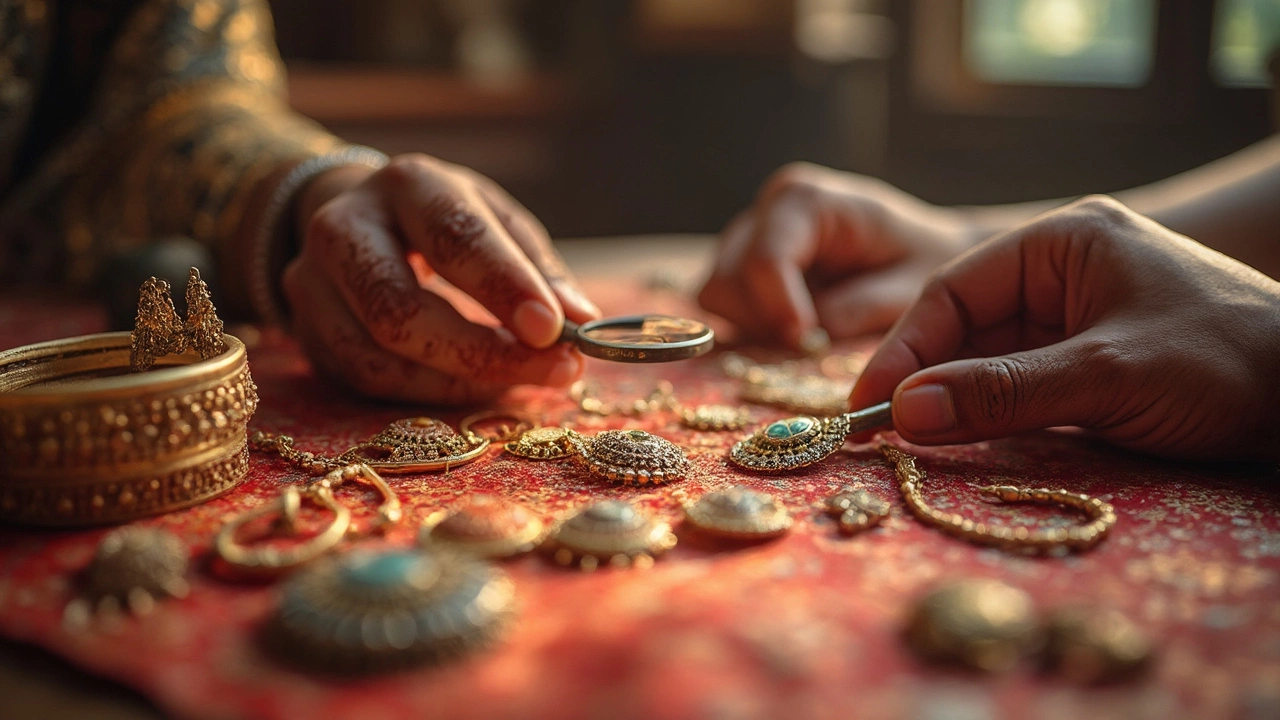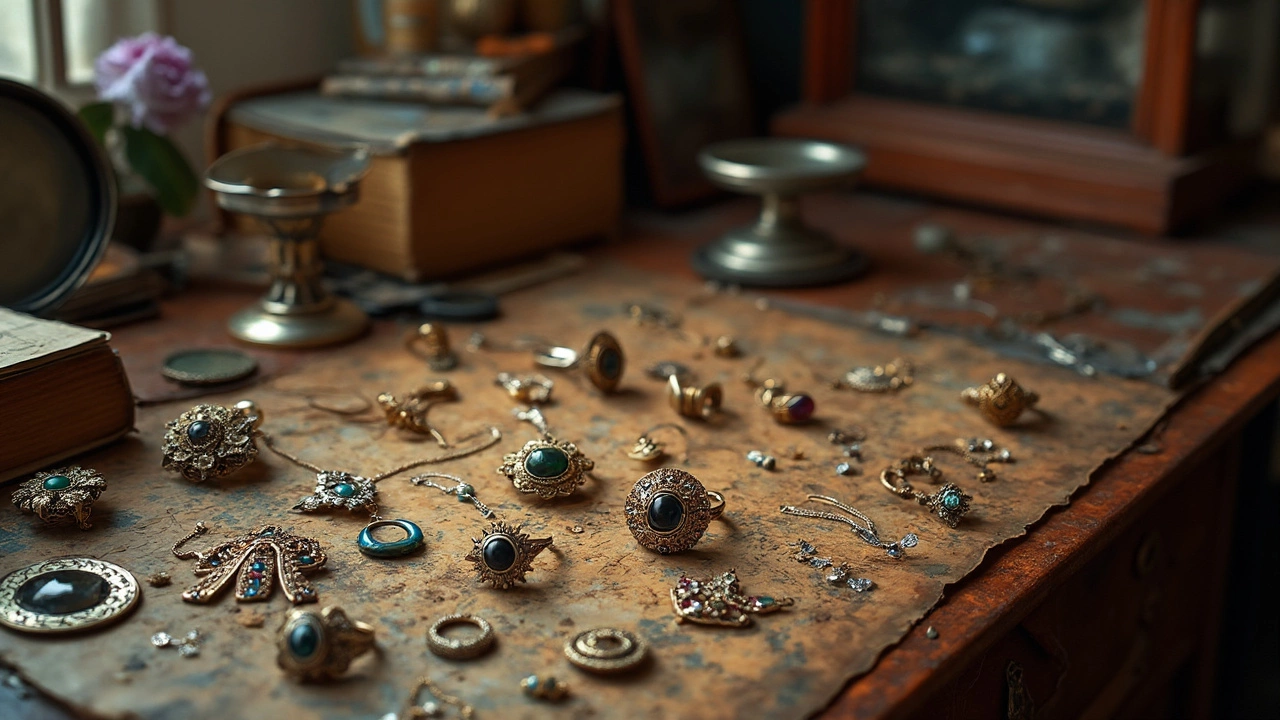Jewelry Appraisal: How to Value Gold, Diamonds & Gemstones
When you hear the term Jewelry appraisal, the systematic evaluation of a piece’s worth based on material, craftsmanship and market demand, think of it as the truth teller for any ring, necklace or bracelet. It’s also called jewelry valuation. A reliable appraisal leans heavily on three core checks: gold purity, the proportion of pure gold, usually expressed in karats or as a 750 stamp, diamond grading, the four‑C analysis—cut, color, clarity, carat—that decides a diamond’s price, and gemstone identification, recognizing the exact stone, any treatments and its durability. These three elements together form the backbone of any trustworthy valuation.
Understanding jewelry appraisal matters to anyone who buys, sells, inherits or insures a piece. A collector wants proof that a vintage gold chain is truly 22K, a bride‑to‑be wants to know if her diamond engagement ring will hold its price over time, and an insurer needs an official document to settle a claim. In short, jewelry appraisal enables informed decisions, prevents overpaying, and protects against fraud.
Professional appraisers rely on tools that any hobbyist can also pick up. A 10× loupe reveals surface scratches, a calibrated digital scale measures weight to the nearest milligram, and a portable spectrometer checks gold alloy composition. The process usually follows three steps: visual inspection, laboratory testing (often via fire assay or X‑ray fluorescence), and market analysis using recent sales data. Each step adds a layer of confidence, turning a simple glance into a data‑backed value.
Market trends play a huge role too. When gold prices surge, even a modestly pure piece can fetch a premium. Conversely, a dip in diamond demand might lower the resale value of a high‑carat stone. Knowing the current price of 24K gold per gram, the latest diamond price index, and the popularity of certain gemstone cuts helps you time a sale or purchase for the best outcome.
Beyond the numbers, appraisal also touches on legal aspects. A hallmark verification, for example, ensures that a gold item bears the correct 750, 585 or 916 stamp recognized by the Bureau of Indian Standards. Missing or incorrect hallmarks can raise red flags during customs checks or when filing insurance claims. Therefore, a comprehensive appraisal report often includes a Hallmark verification section alongside material and gemstone analysis.
Below you’ll find a hand‑picked collection of articles that dive deeper into each of these topics—from how to read a gold hallmark to mastering diamond grading basics. Whether you’re a first‑time buyer or a seasoned collector, the insights here will help you navigate the appraisal process with confidence.

